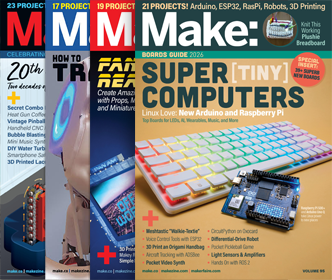Bicycle wrench that looks like a fish skeleton
I designed this multi-wrench years ago but just now finally managed to get a prototype water-jet-cut in stainless steel by my pal, Makers Market seller Dustin Wallace. The design features 21 distinct wrenches for metric and SAE nuts, 3 flat screwdrivers, a serrated cutting edge, a can opener, a wire breaker, a centerfinding tool, and a lanyard loop hole. It’s a long way from perfect–the can opener tooth, the serrated edge, and a couple of the tail-fins that are supposed to serve as flat-blade screwdrivers still need to have their edges ground, and the surface of the tool needs to be polished up quite a bit, but I was so stoked to get it in the mail I just had to share. The DXF file is available for download on Thingiverse.






